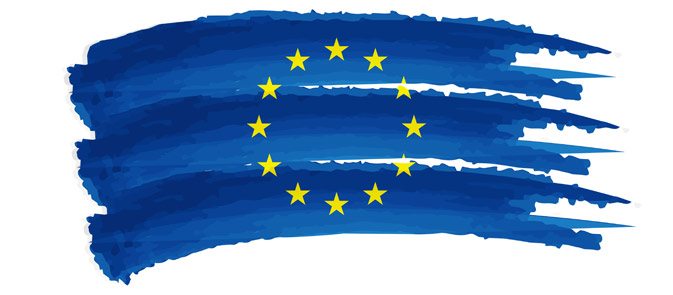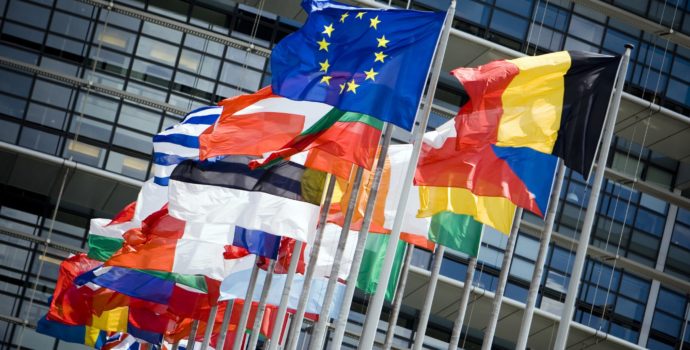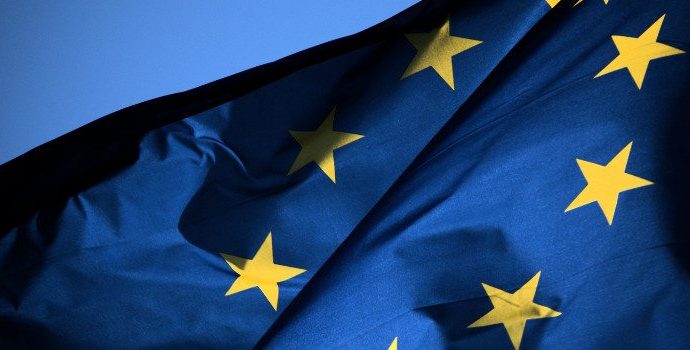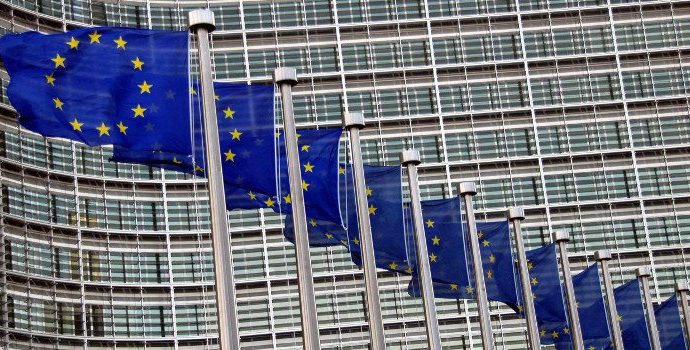European Commission Daily News 26th October
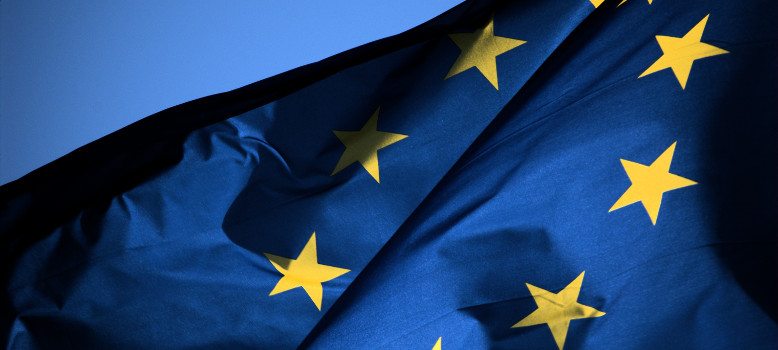
EU agri-food trade continues to show solid growth
The latest monthly agri-food trade report released todayshows that while the year started slowly, the total value of EU agri-food trade (exports plus imports) for January-July 2021 was € 183.8 billion, an increase of 3, 2% compared to the same period last year. Exports increased nearly 6% to 111.4 billion euros, while imports edged down 0.2% to 72.4 billion euros. This reflects an overall agro-food trade surplus of 39 billion euros for the first seven months of the year, an increase of 18% compared to the same period in 2020. The largest increase in exports was observed in those to the United States, whose value increased by 1.6 billion euros, or 13%. This was mainly driven by wine, spirits and liqueurs, chocolate and confectionery. Exports to China also experienced strong growth (€ 857 million more), thanks to the good performance of spirits and liqueurs, coarse grains and wines. In addition, the January-July period saw the value of exports increase significantly to Switzerland, Norway, South Korea and Israel. Continuing the trend seen throughout 2021, the biggest drop in agri-food exports was seen to the UK, which fell by € 411 million compared to the same period last year. The largest increase in agri-food imports was observed in products from Brazil, which increased by 849 million euros or 12% compared to the equivalent period in 2020. Significant increases were also observed in imports from Australia, India, Serbia and Argentina. The overall drop in agri-food imports was mainly caused by a sharp drop in imports from the UK, which are down € 2.4 billion or 29% from the first seven months of last year. Imports from the United States, Ukraine, Vietnam and Moldova have also declined significantly. With regard to specific product categories, the January-July period saw strong growth in the export values of wines (up € 2.2 billion) and spirits and liqueurs (up € 1. € 1 billion), an increase of 30% and 32% respectively. Other significant increases in the value of exports were observed in rapeseed and sunflower oils, as well as in chocolate and confectionery. However, exports of wheat and infant foods have declined significantly. More informationhere , and on EU agri-food trade here .
Green Deal: Commission invests € 1.5 billion in innovative clean technology projects
The Commission is today launching the second large-scale call for projects under the Innovation Fund , one of the world’s largest programs for the demonstration of innovative low-carbon technologies, funded by revenue from the Fund. auctioning of EU Emissions Trading System emission allowances. With a budget of 1.5 billion euros, the call will finance technologies the latest technological breakthroughs in the field of renewable energies, energy-intensive industries, energy storage, and capture, carbon use and storage. Executive Vice President Frans Timmermans said:“The Innovation Fund helps develop the technological solutions necessary for ecological transition. With this call, we will support innovative projects, accelerating them and allowing them access to the market as quickly as possible. This investment will support the decarbonization of the European economy, paving the way for climate neutrality in 2050 and strengthening European technological leadership on a global scale. » A press release is available online .
New State of the Energy Union and Climate Action reports show progress in emission reductions and stronger position for renewables
In 2020, a year marked by the economic downturn caused by the COVID-19 pandemic, renewables overtook fossil fuels as the EU’s main power source for the first time, and greenhouse gas emissions were 31% down from 1990 levels. The Commission adopted today its State of the Energy Union Reports for 2021, taking stock of the progress that the EU is making in delivering the clean energy transition, nearly two years after the launch of the European Green Deal. While there are a number of encouraging trends, greater efforts will be required to reach the 2030 goal of cutting net emissions by at least 55% and achieving climate neutrality by 2050, and the data will need to be analysed carefully next year for more long-term post-COVID trends. The Energy Union Report is accompanied by an Annex on Energy subsidies in the EU and a Progress Report on competitiveness of clean energy technologies. In addition, the Commission adopted three reports on the progress of EU climate policies in 2020: the EU Climate Action Progress Report, the Carbon Market Report and the Fuel Quality Report. More information is available in a press release on the State of the Energy Union, a press release on the climate reports and a Q&A.
Global Covenant of Mayors recognised for its action for the climate
Today, theGlobal Covenant of Mayors was awarded the Gulbenkian Prize for Humanity for its ability to enhance and support climate leadership and advance a low-carbon economy and society across 11,000 cities worldwide. Frans Timmermans, Commission Executive Vice-President and Co-Chair of the Global Covenant of Mayors, said: “Cities are trailblazers in the race to net zero and this prize recognizes the urgency of tackling the climate crisis across the globe. We will carry forward the momentum given to us by the Gulbenkian Foundation to support mayors who are leading the way to ambitious climate action.” The Global Covenant of Mayors was selected from among 113 candidates from 48 different countries and will receive €1 million to fund projects aiming to advance sustainable infrastructure and support climate mitigation and adaptation efforts in Sub-Saharan Africa, specifically in Senegal and Cameroon. The projects were selected for their high degree of climate ambition and contribution to the energy transition and climate resilience. The Gulbenkian Prize for Humanity aims to draw attention to people, groups of people and organisations from all over the world that stand out and contribute to the mitigation and adaptation to climate change.
Read the European Commission daily news in full here.

